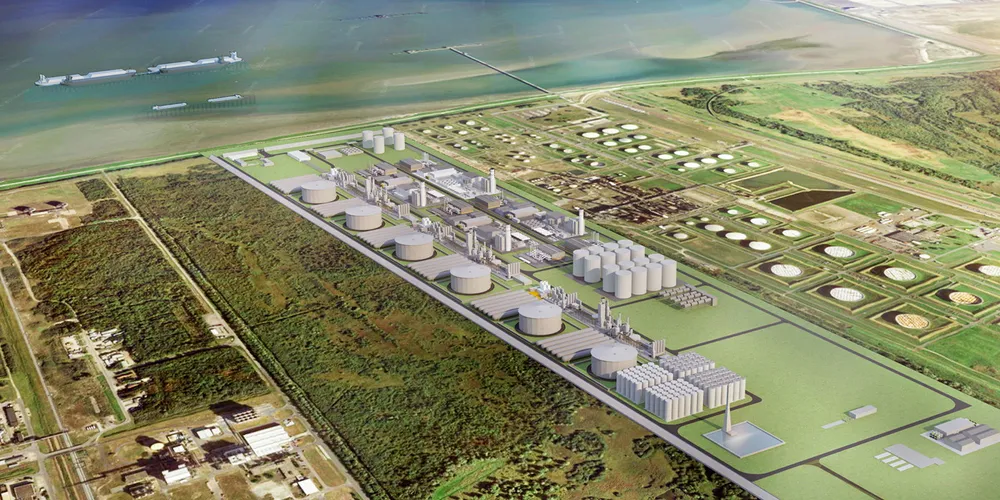'The cheapest way to ship green hydrogen is via e-methane — we will help wean Germany off Russian gas'
Ambitious project to import five million tonnes of H2 a year as synthetic green CH4 — and convert it back to hydrogen — is accelerated in response to Ukraine crisis
